If a kingfisher ever fell for a woodpecker… well, there wouldn’t be any offspring. Biologically it’s quite a leap.
But imagine for a moment that the union was fertile. The kids might just turn out looking something like a nuthatch.
A kind of Zorro of the boughs, nuthatches are dashing residents of woodland and, increasingly, gardens, where they make lightning raids on bird tables and peanut feeders.
Knowing all the different calls of a nuthatch is perhaps a life’s work. They whistle, and chitter, and whisper. But their loud ‘dweep dweep’ call is one of the easiest to latch on to.
This is one of their contact calls, and is made through the year.
The song thrush has a similar sound in its song repertoire - perhaps one species nicked it from the other, many moons ago. But while thrushes move on after a few dweeps, nuthatches can keep it going, like a toddler who’s discovered the question ‘why?’ for the first time.
Another of their more distinctive noises is the trilling, whinnying sound that is their simple song.
Like woodpeckers and thrushes, nuthatches like to sing from a high spot, from where the sound can carry far. It’s a typical part of the soundtrack to a walk in the woods on a warm day in March and April.
Recognising these sounds makes seeing a nuthatch rather easier during the times when they are otherwise hidden high in the leaves.
They hop with incredible confidence along lateral branches, and can also travel face-first down a tree trunk, which marks them out from most of their neighbours.
Other treehuggers such as woodpeckers and treecreepers almost always head upwards.
Perhaps that upside-down technique gives nuthatches access to foods, hidden in the fissures of the bark, that other species miss. The world must look quite different to a upturned nuthatch.
Having quadrupled in numbers in the UK over the past 50 years, nuthatches can be found in most wooded places of England and Wales, but they do like large, broadleafed trees to feed and nest in, and so tend to be absent from very open landscapes.
They’re not keen to fly any great distance, especially not over water, which helps explain why they are completely absent from the island of Ireland.
They are also absent from most of Scotland, although they are now spreading from the south, fuelled perhaps as much by climate change as the availability of garden peanuts.
So for nuthatch: listen for the ‘dweep dweep’ call and look out for a bird heading face-first downhill.
The Eurasian nuthatch (or wood nuthatch) is found across Asia and Europe, but is one of many nuthatch species across the world. For more on the ecology of nuthatches in the UK see the BTO website.
Crossing on the way up: Treecreeper
Thanks for reading and listening. This is the eleventh instalment in 2024’s cycle of Shriek of the Week. You can catch up with Starling, Chiffchaff, Collared Dove, Wren, Dunnock, Great Spotted Woodpecker, Robin, Great Tit, Song Thrush and Blackbird (that last one includes an explanation of how this all works in 2024).
For those in a position to do so, taking out a paid subscription to Shriek of the Week supports me to write more and improve what I do. It also gets you an invite to our livestream odyssey Early Bird Club call, and discounts to some in-person events in the UK.
Welcome to new subscribers this week, and thanks to Katherine May (also a fan of starlings) for her recommendation in The Clearing newsletter.
Now booking:
Dawn chorus experiences near Lewes, East Sussex.
Also booking:
Half-day birdsong ID walkshops in Stanmer Park (Brighton)
*New date added - Saturday 18 May 2024*Up With The Birds - crowdsourced dawn chorus (free, April & May)
Free online talk - The Birds of Alnmouth, with Tom Cadwallender (23 April 2024)
Media credits:
Nuthatch image by Piet van de Wiel from Pixabay
Treecreeper image by TheOtherKev on Pixabay





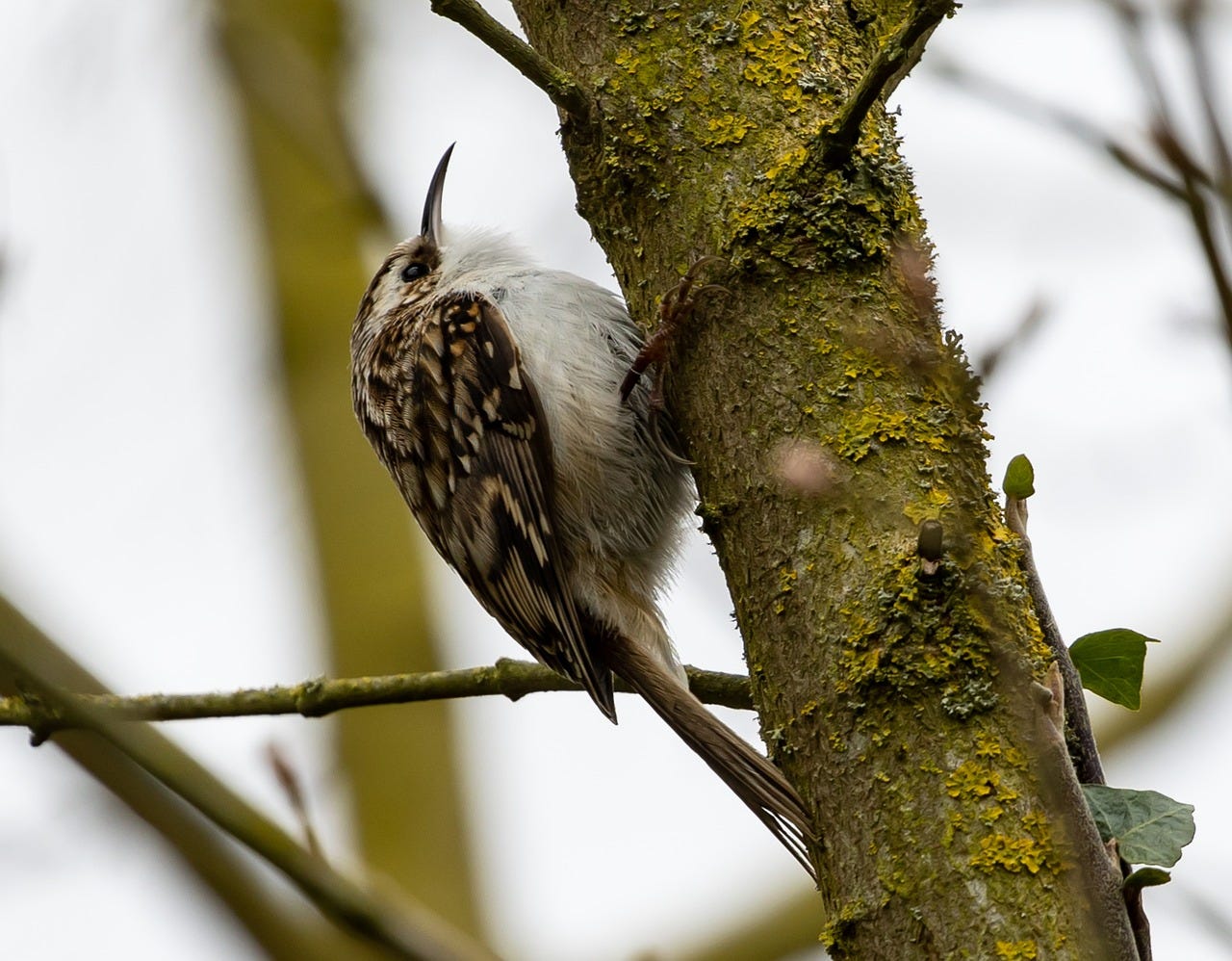
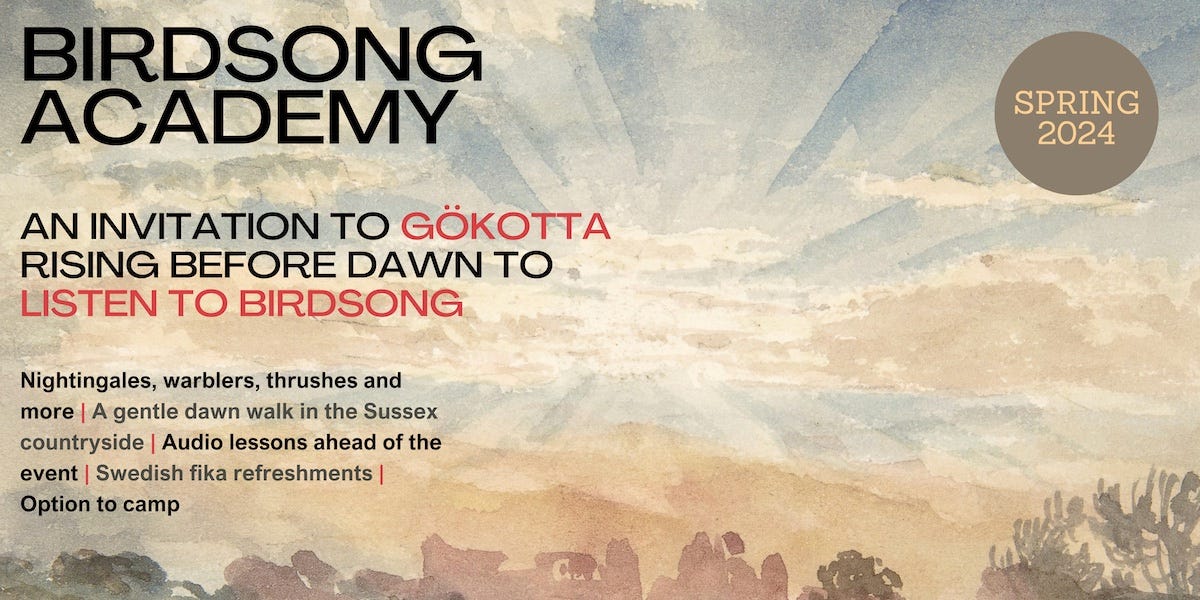


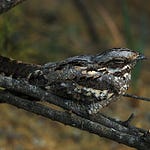
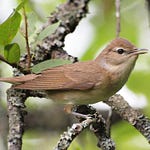

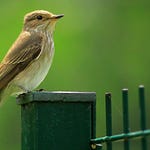


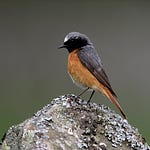
Share this post